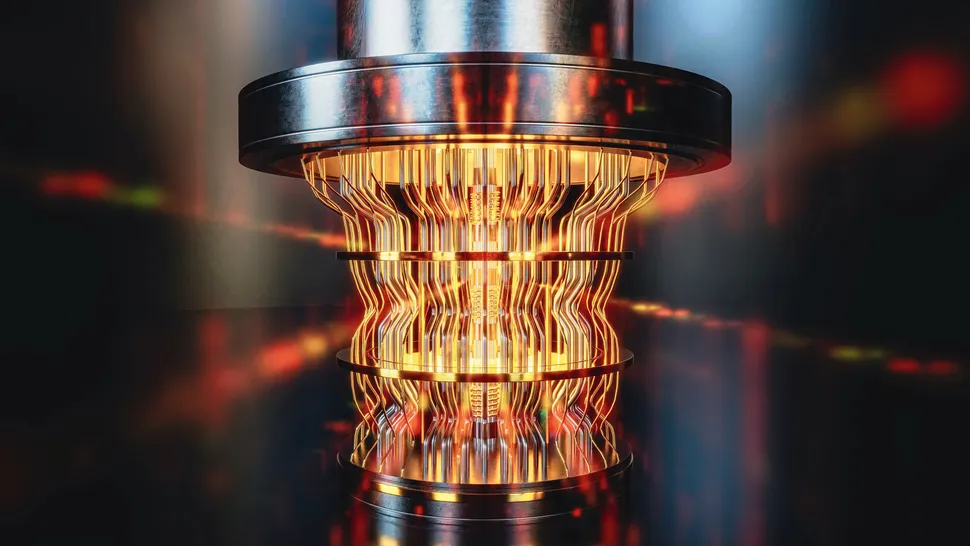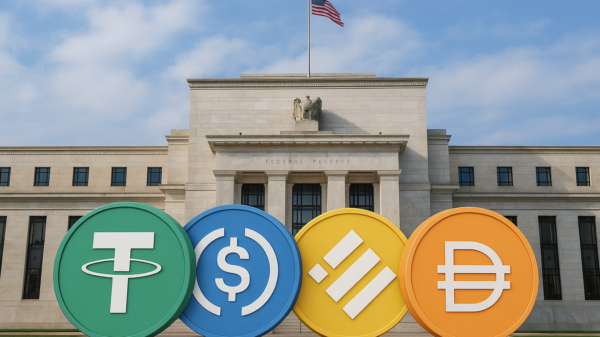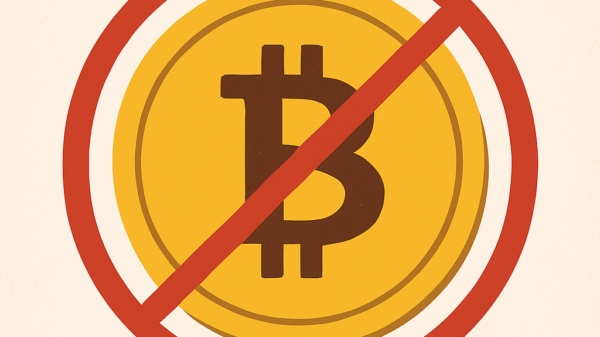BlackRock Inc (NYSE: BLK), the world’s largest asset manager, is the latest in a series of voices to warn about the existential danger that quantum computing poses to the cryptographic integrity of cryptocurrencies like Bitcoin and Ethereum.
It warned early last month that advancements in the field could have dire consequences for shareholders. This warning comes shortly after significant breaththroughs in quantum technology, which includes Google Willow, in December of 2024. It also includes Microsoft’s Majorana 1 in February 2025, which successfully scaled to a million qubits on a single chip.
Just weeks after BlackRock raised concerns, Alphabet Inc‘s (NASDAQ: GOOG) Google Quantum AI published a blog post on May 23 that sounded the alarm. The post revealed Google had lowered the threshold for breaking RSA-2048 encryption—a widely used security standard—to under 1 million qubits. This advance makes the threat of quantum computers breaking traditional encryption more real than ever.
Thankfully, a solution already exists. The Quantum Resistant Ledger (QRL), live since 2018 and backed by the QRL Foundation, offers a proven defense. Its code is open-source, independently audited, and built specifically to withstand quantum attacks.
Moreover, QRL plays an active role in key security groups. It is a member of the Public Key Infrastructure Consortium (PKIC) and the Linux Foundation’s Post-Quantum Cryptography Alliance (PQCA). These alliances put QRL in the same league as Google, Nvidia Corporation (NASDAQ: NVDA), and IBM (NYSE: IBM) in the fight for post-quantum security.
Read more: How does someone just walk away from $742 million in Bitcoin?
Read more: Bit Digital subsidiary closes huge property acquisition for high performance computing flagship
The industry is moving from theory to practicality
In Q1 2025 alone, investments in quantum computing reached USD$1.25 billion, which is more than double the total from 2024, according to The Quantum Insider. This surge shows a clear shift. The industry is moving from theory to real-world use.
“It is now no longer controversial to say that all blockchains that exist by 2035 will have to be post-quantum secure,” said Iain Wood, QRL’s operational manager.
Wood explained that QRL was designed from the ground up with post-quantum security in mind. While other blockchain teams are working to add quantum protection after the fact, QRL took a different path. The project built a foundation that’s already secure, with no need for retroactive fixes. Future Layer 2 solutions can confidently build on QRL, knowing it offers long-term resilience. This forward-thinking design makes QRL a true Quantum Safe Layer 1.
Quantum computing poses a significant threat to blockchain technology because it could eventually break the cryptographic systems that secure transactions, wallets, and data integrity.
Most blockchains, including Bitcoin and Ethereum, rely on public key cryptography. Specifically, it’s called elliptic curve cryptography (ECC). It used to generate and secure wallet addresses. A sufficiently powerful quantum computer could use Shor’s Algorithm to derive private keys from public ones, effectively allowing hackers to steal crypto assets without needing a password. Researchers like Daniel J. Bernstein, a leading figure in post-quantum cryptography, have long warned of this vulnerability and advocated for proactive solutions.
.













